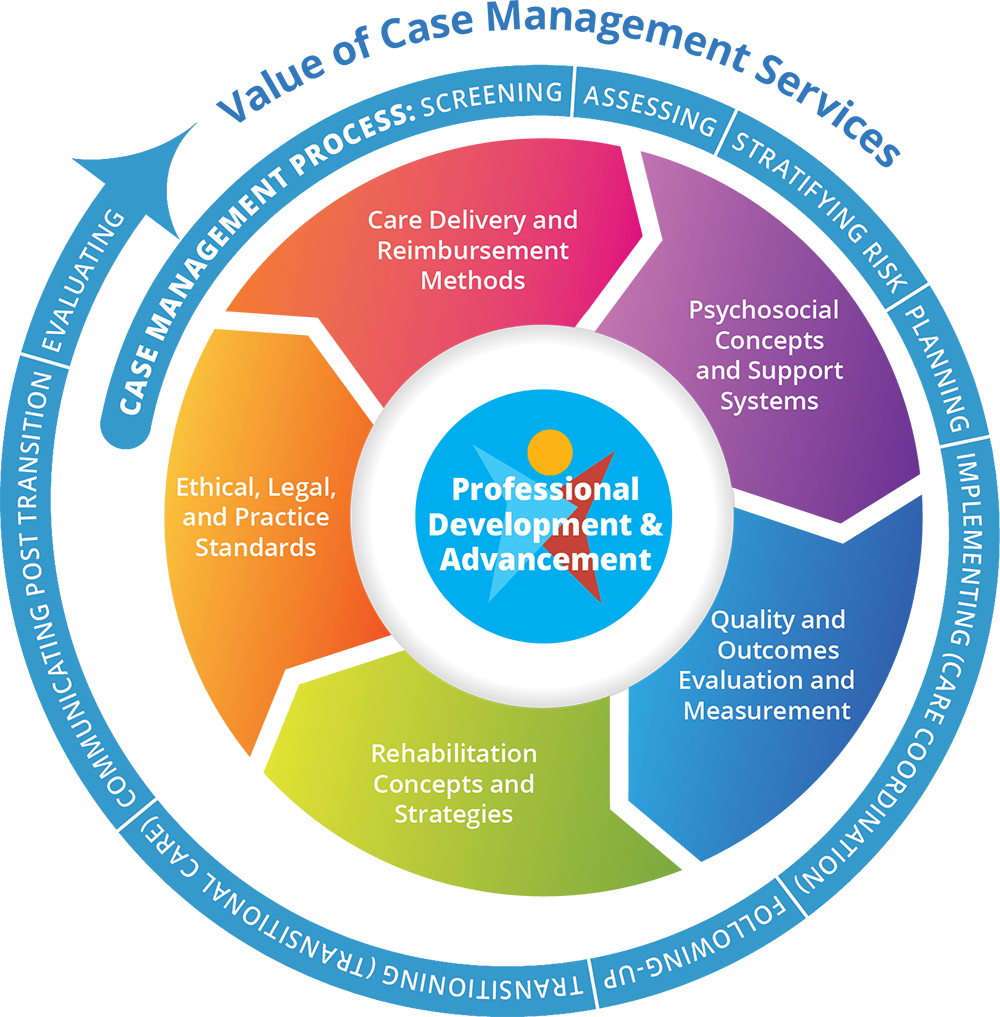Diagnosing asthma is not simply a matter of determining whether a patient has trouble breathing. He or she could have symptoms of asthma without actually having asthma. An asthma diagnosis needs further investigation through a combination of tests.
As part of investigating a medical and family history, a healthcare provider will ask about symptoms. Does the patient:
- Experience coughing that may be worse at night or early in the morning, making it hard for him or her to sleep?
- Wheeze when breathing?
- Feel a tightness in the chest, as if someone was squeezing it or sitting on it?
- Have shortness of breath and have trouble catching his or her breath?
Lung Function Tests for Asthma and Severe Asthma
A healthcare provider will also perform a lung function test called a spirometry, which measures the amount (volume) and speed (flow) of air that can be inhaled and exhaled. Patients take a deep breath in, then quickly blow as hard as they can into a tube that’s connected to a machine called a spirometer. A spirometry test is repeated periodically to see if the medication is effective in improving the patient’s asthma.
Other lung function tests include:
- Methacholine challenge test (or bronchoprovocation test) evaluates how reactive the lungs are to things in the environment. During the test, patients will be asked to inhale increasing doses of methacholine, a drug that narrows the airways, simulating asthma. After each dose, a breathing test is performed to measure the degree of airway narrowing that has taken place. The test is completed when patients experience a 20% drop in breathing ability or if they reach a maximum dose of methacholine with no change in lung function. The test should be performed in a pulmonary function laboratory or a doctor’s office with personnel trained to handle any possible reactions.
- Fractional exhaled nitric oxide (FeNO) test measures the amount of nitric oxide in the air that patients exhale. Patients breathe normally in and out of a tube attached to a portable device or a balloon. Nitric oxide is a good indicator that inhaled corticosteroids may be the right form of treatment and is used to determine airway inflammation. FeNO tests may be done in an outpatient asthma-and-allergy specialty clinic.
Diagnosing Asthma in Small Children
Most children who have asthma start showing symptoms before they are 5 years of age. But children often have other childhood conditions that mimic asthma. They might wheeze when they get colds or respiratory infections but don’t go on to have asthma after they turn 6 years of age. Asthma is a possible diagnosis in young children who frequently wheeze if one or both parents have asthma or if they have allergies, such as allergic rhinitis, food allergies, eczema, and hives, and if they wheeze even when they don’t have a cold or
respiratory infection.
Other Tests For Diagnosing Asthma
While lung testing is important in determining whether patients have asthma, there are a few other tests that may be done by a healthcare provider to confirm a diagnosis of asthma as well as the type of asthma. These tests include:
- Allergen skin tests that help healthcare providers see whether patients have allergic asthma. Results will identify specific allergens, such as pet dander or pollen, which patients will need to avoid. These tests are usually done under the guidance of an allergy specialist, who is trained in the best methods for testing and treating allergies.
- Other testing that help rule out conditions that mimic asthma or exist alongside asthma as a comorbidity. These conditions include COPD, especially if the patient smokes; heart failure, especially among older patients; vocal cord dysfunction, runny nose and drainage down the back of the throat, acid reflux, and sleep apnea.
Diagnosing Eosinophilic Asthma
Patients who have already been diagnosed with asthma might have inflammation caused by an elevated amount of white blood cells called eosinophils. Elevated eosinopils not only cause inflammation in the airways, they also cause severe asthma attacks and lead to harm in the lungs. If patients often use their rescue inhaler for their asthma symptoms, wake up at night due to their asthma attacks, and have had asthma attacks that required emergency care, it is possible they have eosinophilic asthma. A simple blood test that measures the eosinophil count in the blood can help determine whether severe asthma is actually eosinophilic asthma.

